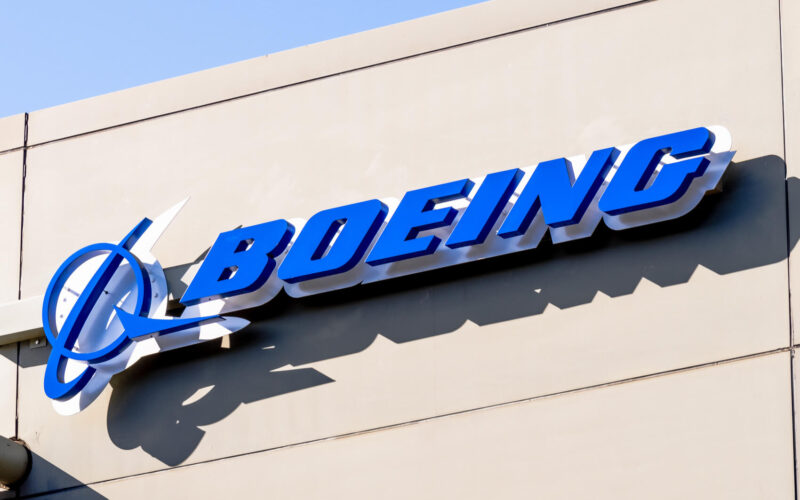The 1970s were a crazy time in the world and aviation was no exception. Manufacturers left and right were trying to come up with new and innovative products to shock the world and take passenger comfort to the next level. Speed was the name of the game back then, as three competitors entered a three-way match in the ring to design and build a product that would connect cities that were previously separated by an eight-hour flight were now, on paper, separated by a measly three-hour flight.
However, these paper plans had to come to fruition. The plans were made to not only improve passenger comfort in one way or the other, but to also proudly state that your aerospace industry is the most accomplished out of all.
Thus, American, the joint-British and French, and the Soviet projects entered the race. The race to go supersonic.
Supersonic transportation constellation
The stars were shining, as politicians were more than enthusiastic to dish out cash. Well, sort of. The Soviets were more than enthusiastic, rather demanding, to beat the West in the race to go faster than Mach 1. They did, yet sacrifices had to be made – a New York Times’ headline from November 2, 1977, described the first commercial flight of the Tupolev Tu-144 as “Soviet SST Takes Off in Moscow – And You Almost Hear It in Queens,” indicating the lackluster sound insulation attributes of the Tu-144.
Turning back the clock to 1969, the British-French-built Concorde took off for its first flight on March 2. Chief test pilot Andre Turcat noted that the flight was “as perfect as we had expected,” as the gracious SST lifted off the ground for a short 28-minute flight.
In between these two events, the Boeing 2707 – United States’ answer to Concorde and the Tupolev Tu-144 never took off. It did not have a fanfare-full roll-out ceremony. The 2707 never greeted anxious spotters at an airport, waiting for the SST’s wheels to lift off the ground and hear four General Electric GE4 engines roar as the Boeing 2707 went up to kiss the clouds.
Bob Cosidine, who narrated Boeing’s enthusiastic and morally appealing promotional film about the Boeing 2707 stated that he covered the first transcontinental jet-engined flight in the United States abroad the Boeing 707.
“I wrote about it then and I will write about the American SST when it goes into service. Some people are against that today. They may be overlooking quite a story.”
Appeal to the masses
Right from the start, even before the United States’ government granted a contract to an aircraft manufacturer to build the SST, it was clear that a company could not do it on its own. The government, much like the European counterparts, would have to supply the cash to splash. And much like its European counterpart, the project ran into delays and budget overruns.
Boeing’s promotional film presented a few sound arguments to the public on why their tax money should be spent on creating an aircraft, capable of speeds up to Mach 2.7 while simultaneously carrying up to 270 passengers.
“Because of extremely high development costs, the government, and you and I as taxpayers, are helping, repeat, helping finance the project through the prototype stage,” noted Cosidine, adding that the program would be responsible for 150,000 jobs in the United States.
“And what is the market for our SST? Well, by 1990 we expect to sell a minimum of 500 SSTs.”
However, despite its very optimistic predictions, the market never reached 500 SSTs globally. Neither did it reach 50: in total, Aerospatiale and Tupolev built 36 airframes, including early-design prototypes.
The project held the enthusiasm and support of John F. Kennedy, Lyndon B. Jonhson and Richard Nixon. The latter called the Senate’s vote to cut the funding for the 2707 “distressing and disappointing.” His and the American SST’s dreams started to shatter in March 1971, when the United States Senate voted 51 to 46 to end the funding for the supersonic program. Boeing and General Electric were still hopeful to receive support in the House, which they did: but on May 20, 1971, the Senate voted to pay the costs of ending the SST program and reimburse the airlines that had ordered the type, writing the last chapter of the Boeing 2707.
“End of the SST,” read the newspapers.

